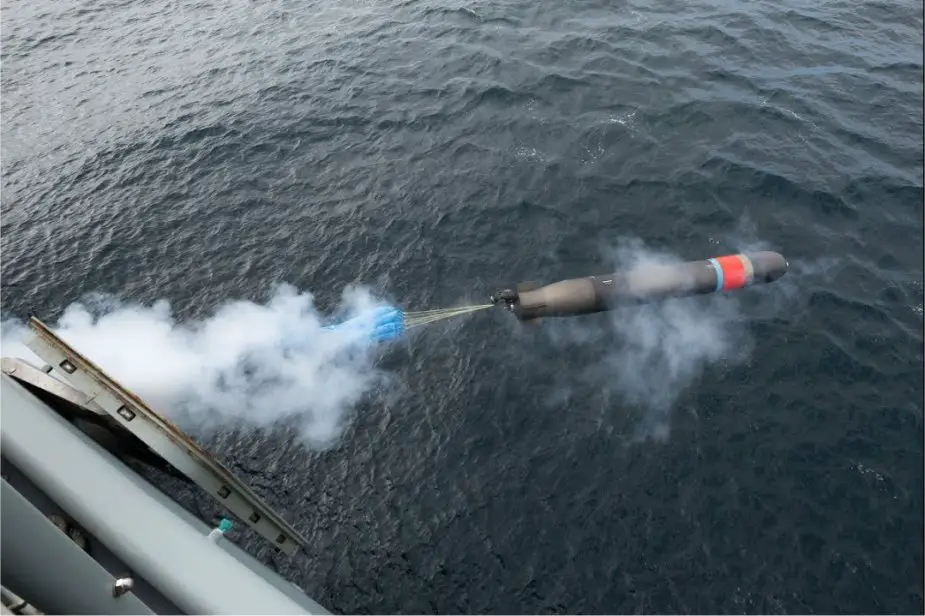Breaking news
Australia officially joins Light Weight Torpedo MU90 program.
According to information published by OCCAR on March 1, 2023, after signature by the Nations of the Programme Decision and Memorandum of Understanding, the OCCAR-EA Director Joachim Sucker and the Director of EuroTorp Giovanni Oliveri signed the contract for the In-Service Support of the Light Weight Torpedo (LWT) MU90.
Follow Navy Recognition on Google News at this link
 MU90 Torpedo. (Picture source: RAN)
MU90 Torpedo. (Picture source: RAN)
The LWT Programme covers In-Service Support (ISS) for the MU90 torpedoes that the Participating States currently have in service. It builds on a 30-year joint development and production programme between France and Italy to meet 21st-century Anti-Submarine Warfare (ASW) operational requirements, including shallow water and submarine hunting-killing capabilities.
Through an intensive negotiation, OCCAR, with the continuous involvement of EuroTorp and its members (THALES, NavalGroup and LEONARDO) and with the strong support of the Participating States negotiated and agreed an optimised ISS contract.
The LWT programme marks another major step forward in OCCAR’s promotion of cooperative complex armaments programme management. OCCAR-EA hopes that it may provide a positive signal to other possible Participating States.
This new programme involving Germany, France and Italy, now also welcomes Australia for the first time as a Participating State. In signing the Programme Decision, Australia’s Head of Land Systems within the Capability Acquisition and Support Group, Major General Andrew Bottrell, noted the significance of Australia’s participation in the OCCAR Light Weight Torpedo Programme and highlighted the importance of collaborative acquisition.
LWT MU90
The MU90 is an advanced anti-submarine torpedo that is designed to detect and engage both actual and perceived threats. It can distinguish between various types of decoys and anechoic coatings and can be launched from maritime patrol aircraft or rocket-assist launchers at speeds up to 400 knots.
The torpedo is powered by an electric pump jet, which allows it to operate silently and avoid detection by the targeted submarine. It also has the ability to travel at speeds over 29 knots when needed.
The torpedo uses a shaped charge warhead that can penetrate any known submarine hull, including the double hull designs used by the Soviet Union, and is effective in shallow waters where conventional warheads may not work.




























